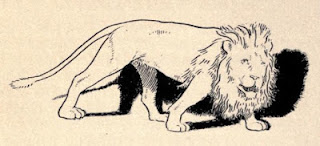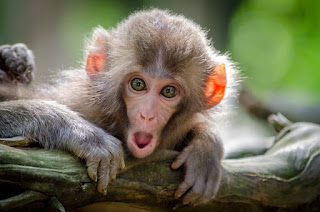Week 6 Story: The Problems of the Rabbit

Author's Note: This story was written in the similar style and parts inspired by " The Foolish, Timid Rabbit " in Jakata Tales by E. C. Babbitt. I've reorganized the story to fit another moralistic notion that was told in a story heard by Dan Western, called " The Wise Man ." Once upon a time, there was a happy Rabbit, living under a log in the forest. The Rabbit spends his days scurrying around the forest, looking at rocks, flowers, the skies. The Rabbit was ever so enjoying his life. Wherever he went, his smile and ecstatic attitude spread to whoever he talks to! His neighbors, the fox, the squirrels, never quite knew why the Rabbit was so happy all the time. But they can't help but to be happy whenever he comes along. The Rabbit has a special place inside his log where he kept his supply of food. He wasn't a hoarder, but it was his happy supply, and he was willing to share with those who needed it. One day, after a tiring day of frolicki...






